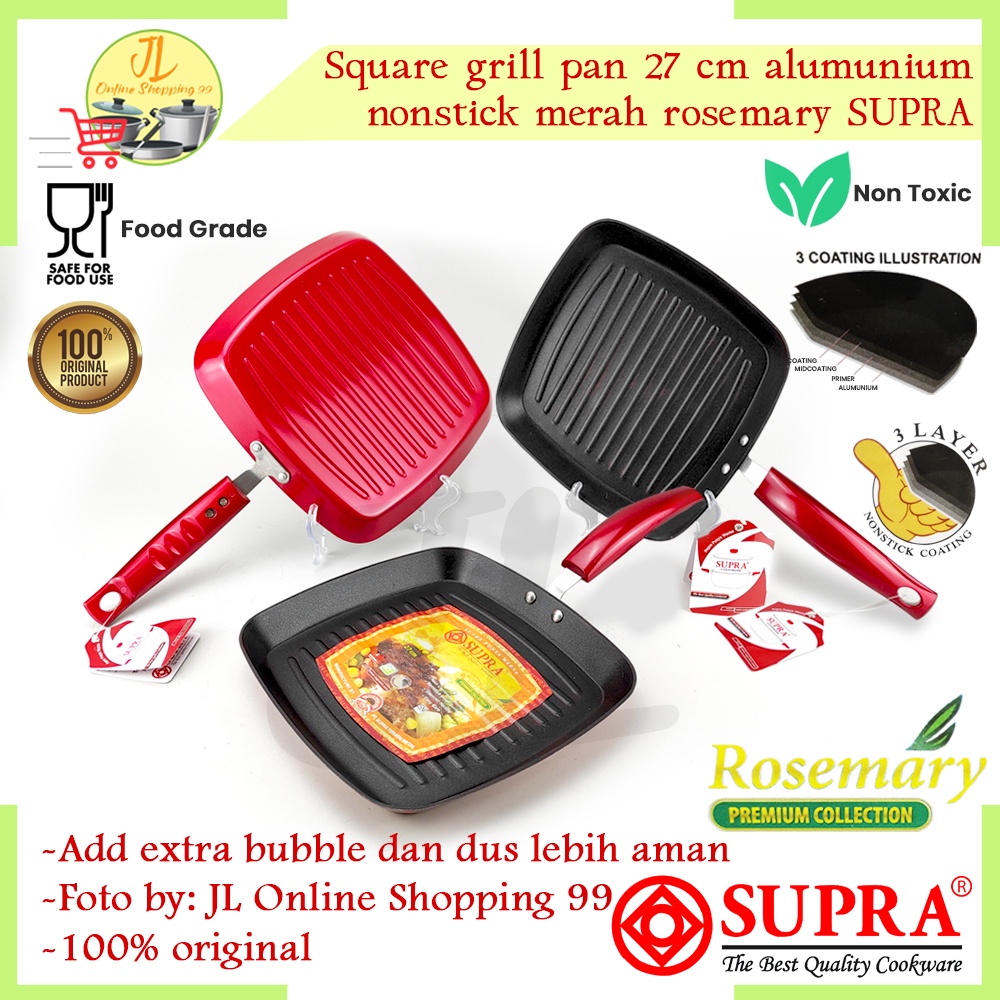A Foundation for Flavor
The humble skillet, or frying pan, is perhaps the most versatile tool in any kitchen. It’s the foundation upon which countless culinary masterpieces are built. From sizzling steaks to fluffy pancakes, the skillet can do it all. A good skillet is an investment that will last for years, providing reliable service and enhancing your cooking experience.

A Brief History
The skillet has a rich history, dating back to ancient civilizations. Early skillets were made from clay or cast iron, and were used for cooking over open fires. Over time, the design of the skillet has evolved, with the addition of handles and lids. Today, skillets are available in a wide variety of materials, including cast iron, stainless steel, and nonstick.
Choosing the Right Skillet
When choosing a skillet, it’s important to consider the type of cooking you’ll be doing. For example, if you often cook over high heat, a cast iron skillet is a great option. It’s durable, retains heat well, and can be used on any heat source, including induction. However, cast iron skillets can be heavy and require seasoning to prevent rust.
For everyday cooking, a stainless steel skillet is a good choice. It’s lightweight, easy to clean, and can be used on any heat source. However, stainless steel skillets can be prone to sticking, so it’s important to use the right amount of oil.
Nonstick skillets are a popular choice for those who want easy cleanup. They’re great for cooking delicate foods, such as fish and eggs. However, nonstick coatings can be damaged by high heat or metal utensils, so it’s important to use gentle care.
Mastering the Skillet
Once you’ve chosen the right skillet, it’s time to start cooking. Here are a few tips for mastering the skillet:
Preheat your skillet: Always preheat your skillet over medium-high heat before adding oil or food. This will help to ensure even cooking.
Beyond the Basics
The skillet is a versatile tool that can be used for a wide variety of cooking techniques, including:
Sautéing: Sautéing is a quick cooking method that involves cooking food in a small amount of hot oil. It’s a great way to cook vegetables, meat, and poultry.
With a little practice, you can master the art of skillet cooking. Whether you’re a seasoned chef or a home cook, the skillet is a valuable tool that will help you create delicious meals.
The grill pan, a culinary chameleon, is a versatile tool that can elevate your cooking game. It’s a must-have for any kitchen, regardless of your skill level. From sizzling steaks to crispy vegetables, this pan can handle it all.
Why a Grill Pan?
You might wonder, “Why a grill pan when I have a regular skillet?” The answer lies in its unique design. A grill pan features raised ridges that create those iconic grill marks, adding a delightful smoky flavor to your food. Plus, it allows excess fat to drip away, resulting in healthier meals.
The Grill Pan’s Many Talents
1. Sizzling Steaks: A perfectly cooked steak is a culinary masterpiece. A grill pan is the ideal tool for achieving that restaurant-quality sear. The high heat and direct contact with the pan create a beautiful crust while locking in the juices.
2. Crispy Vegetables: Roasting vegetables in a grill pan is a game-changer. The raised ridges allow for even heat distribution, resulting in tender interiors and crispy exteriors. Whether it’s asparagus, bell peppers, or zucchini, your veggies will be transformed.
3. Fish with a Flavorful Twist: Grill pans are perfect for cooking delicate fish fillets. The ridges prevent the fish from sticking, ensuring easy flipping and a crispy skin. The smoky flavor from the grill marks adds a delicious dimension to your seafood dishes.
4. Pan-Seared Tofu: Tofu, often perceived as bland, can be elevated to new heights with a grill pan. The high heat and direct contact create a crispy exterior while keeping the interior soft and tender. Marinate your tofu in your favorite sauce, and let the grill pan work its magic.
5. Grilled Cheese, Elevated: A classic grilled cheese sandwich gets a gourmet upgrade with a grill pan. The ridges create a crispy, golden-brown crust on the outside while melting the cheese to gooey perfection. Add your favorite fillings, such as tomato and basil, for a truly indulgent treat.
Choosing the Right Grill Pan
When selecting a grill pan, consider the following factors:
Material: Cast iron and stainless steel are popular choices. Cast iron retains heat well, making it ideal for searing, while stainless steel is easier to clean and more versatile.
Caring for Your Grill Pan
Proper care is essential to maintain your grill pan’s performance and longevity. Follow these tips:
Seasoning: Seasoning a cast-iron grill pan creates a non-stick surface and enhances its flavor.
With a grill pan in your kitchen, you’ll have endless possibilities for creating delicious meals. So, fire up your stove, grab your grill pan, and let your culinary creativity soar!